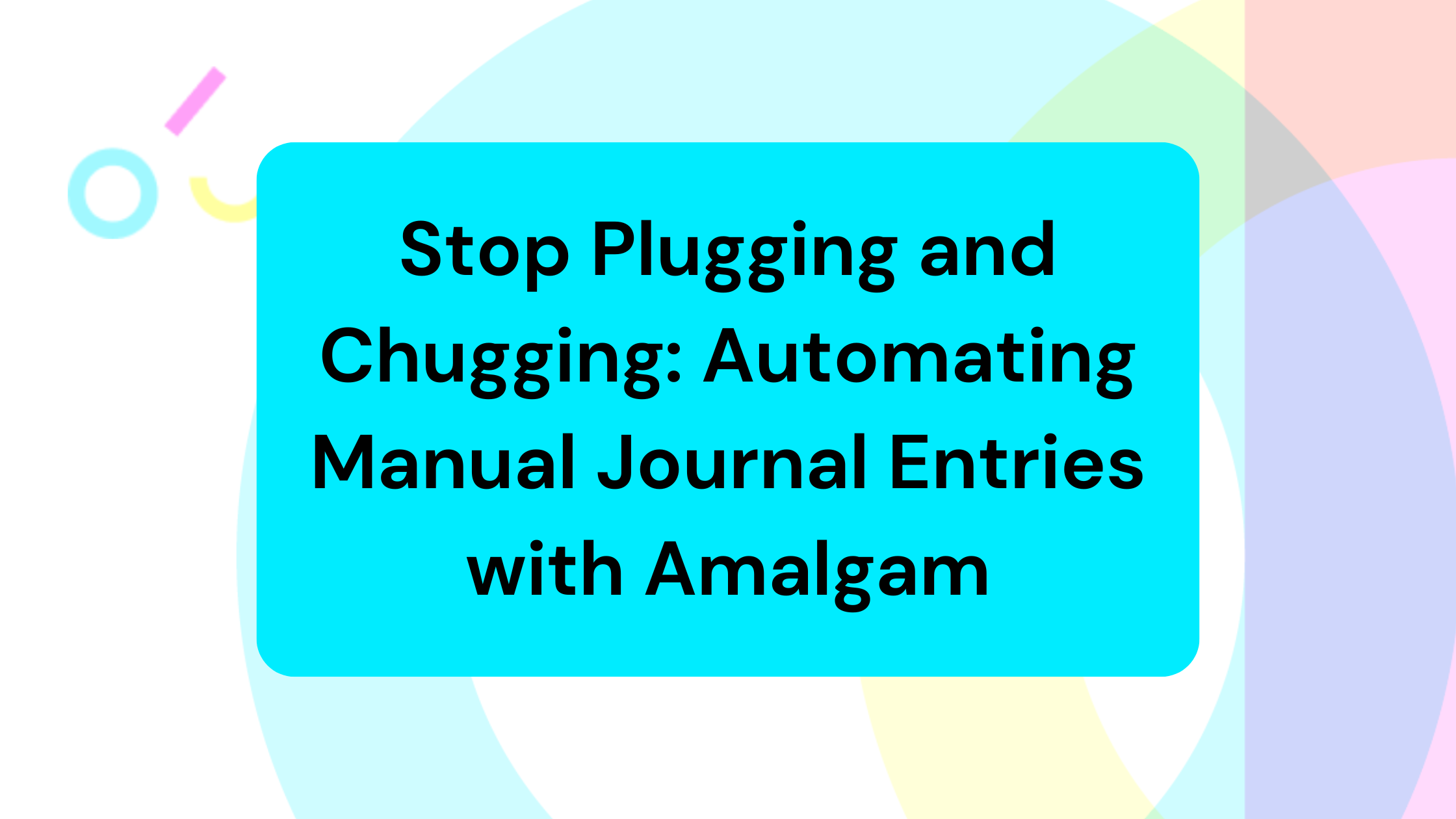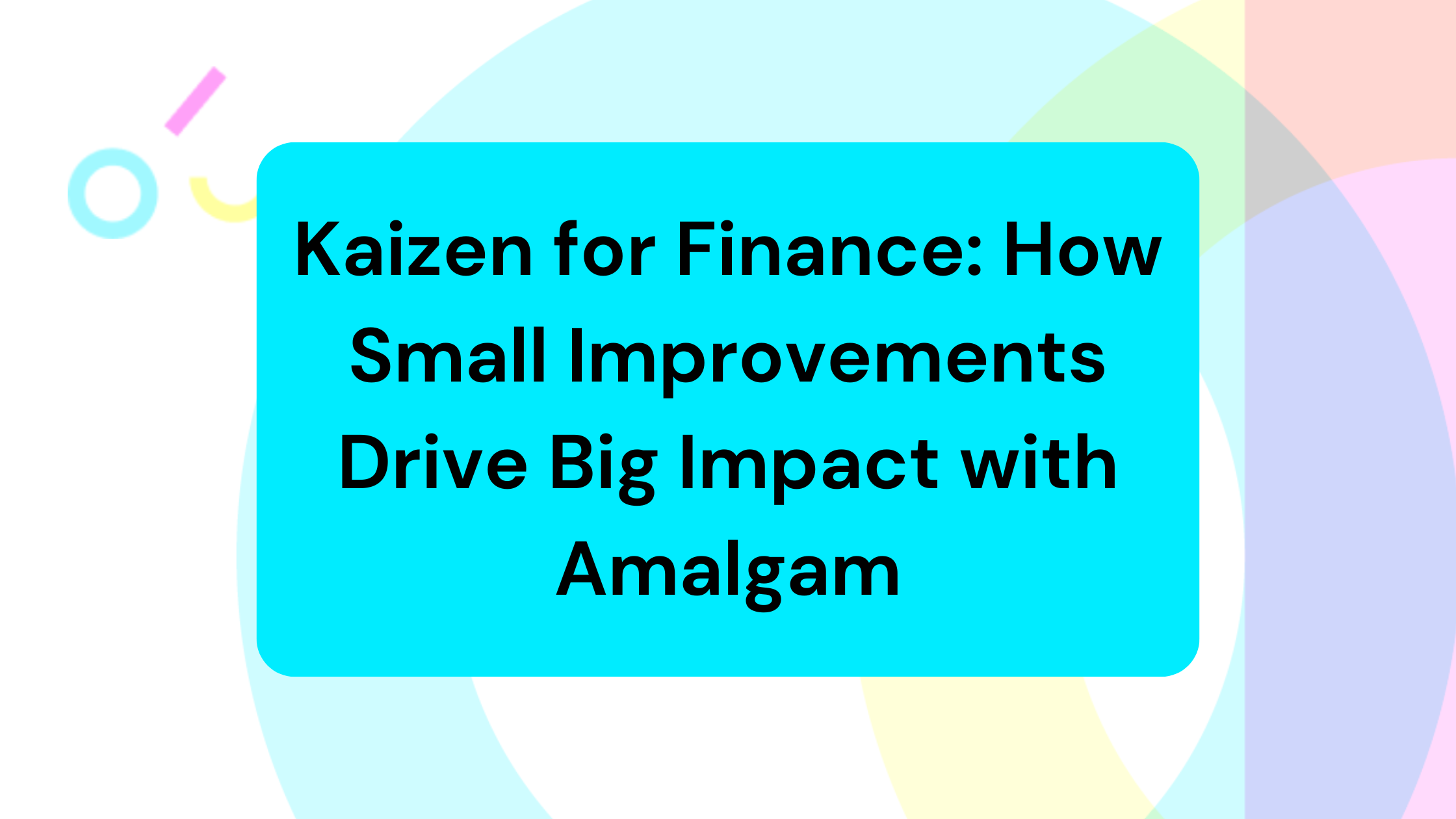Why it’s time to rethink how our industry defines productivity and embraces technology.
Let’s be honest, most accountants didn’t get into this line of work because we love chaos. We like order, structure and predictability. We like our checklists. Our processes. Our peace.
So when a shift like artificial intelligence comes into the picture, it naturally feels uncomfortable. But here’s the thing: AI isn’t coming. It’s already here. And it’s not replacing us – it’s reshaping what we’re capable of.
The Real Blocker Isn’t AI, It’s Us
Our default mindset in accounting is task-based. We feel productive when we’re ticking boxes, reconciling reports, pushing through volume. “Doing” often feels better than “thinking.” But strategizing, rebuilding workflows, and implementing new tools? That feels unproductive. Risky, even unnecessary.
This behavior creates a quiet resistance to innovation. Not because we’re anti-tech, but because we’re pro-stability. And ironically, that’s what ends up holding us back.
Why AI Feels So Foreign
We’ve trained ourselves to interact with technology deterministically, like Google or Excel. Enter an input and receive expected output. But Large Language Models (LLMs) don’t work that way. They’re probabilistic. Conversational even. They require nuance and human-like interaction in order to operate at full capacity.
If you try to treat AI like a tool that should give you the “right” answer every time, you’ll be frustrated. If you treat it like a junior teammate that needs coaching, prompting, and iteration? You’ll start to see the value.
What AI Is (and Isn’t) Good At
Let’s get real: most accounting AI today is still in the marketing phase. Tools are slapping “AI-powered” on their landing pages, but under the hood it’s not always as sophisticated as it sounds.
LLMs are strong with language, documentation, and writing workflows. They’re not great with math-heavy tasks (yet). That means the real value right now is in areas like:
- Drafting client communications
- Automating documentation
- Structuring templates and SOPs
- Assisting with training material or onboarding processes
So… What Do We Do Now?
We don’t wait. We don’t “prepare” for AI like it’s a product launch on the horizon. Instead, we build a culture that embraces new tools even before they’re perfect.
It starts with shifting our mindset from “How do I automate this task?” to “How do I rethink this process entirely?”
And from “How do I save time?” to “How can I increase our capacity and impact?”
Just like Excel didn’t reduce the number of schedules we made, it made us capable of doing far more. AI isn’t here to take work away. It’s here to help us do what we do best, just better.




